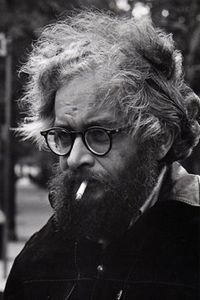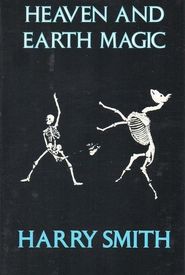Harry Smith, a renowned filmmaker and wordsmith, entered this world on May 29, 1923, in the picturesque city of Portland, Oregon, United States of America. Throughout his illustrious career, he made a lasting impact on the film industry, leaving behind an impressive body of work that continues to captivate audiences to this day.
His creative endeavors as a director and writer have yielded a plethora of notable productions, including the critically acclaimed "Mahagonny" (1980),the thought-provoking "Number 8" (1954),and the intriguing "Number 13" (1962).
Alas, Harry Smith's life came to a close on November 26, 1991, in the bustling metropolis of New York City, New York, United States of America. Despite his untimely passing, his legacy lives on, a testament to his tireless dedication to his craft and the enduring appeal of his work.














